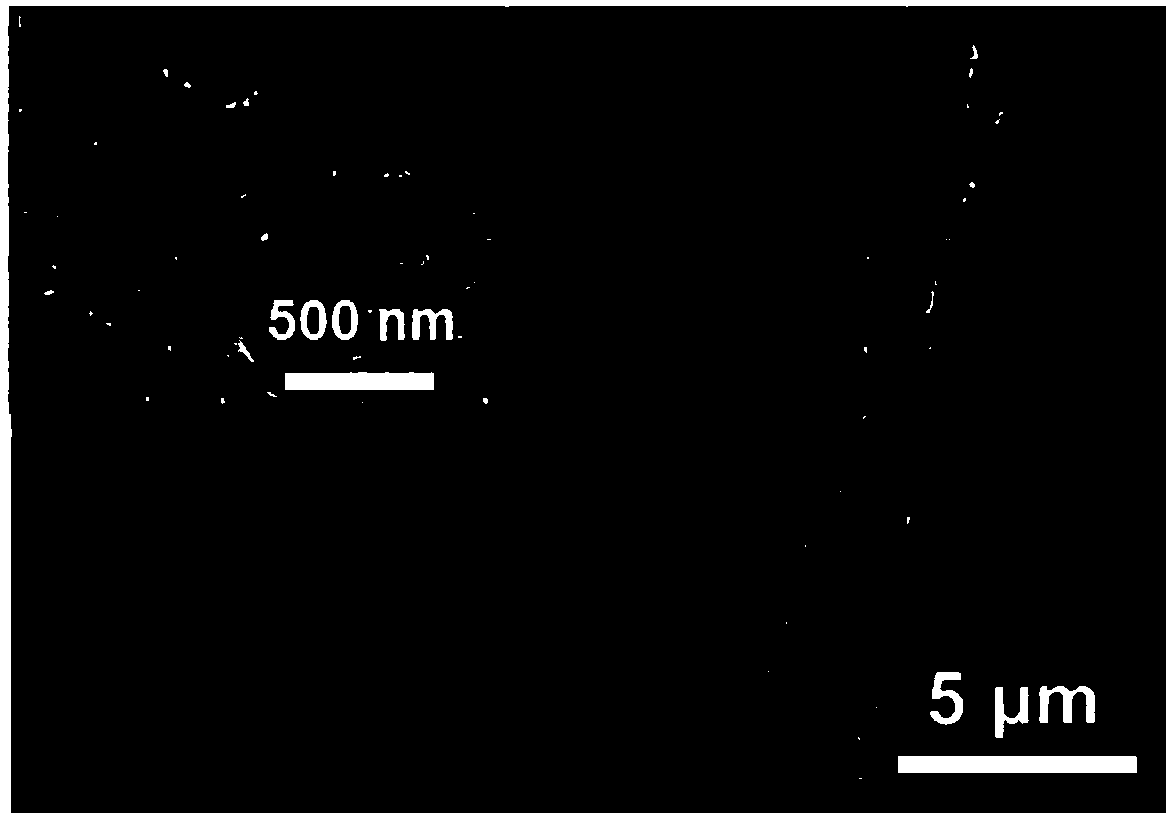Electrophoretically-deposited carbon nano tube modified carbon fiber electrode and application thereof in in-vivo detection of ascorbic acid
A carbon fiber electrode and carbon nanotube technology, which is used in measurement devices, material analysis by electromagnetic means, instruments, etc., can solve the problem of low yield of modified carbon nanotube electrodes, high selectivity and reproducibility, and difficulty in carbon Nanotube electrodes and other problems, to achieve the effect of tight adsorption, high reproducibility, and not easy to fall off
- Summary
- Abstract
- Description
- Claims
- Application Information
AI Technical Summary
Problems solved by technology
Method used
Image
Examples
Embodiment 1
[0047] The preparation of carbon fiber electrode: carbon fiber electrode adopts existing method to prepare, specifically as follows: First, glass capillary (outer diameter: 1.5mm; Inner diameter: 0.89mm; Length: 10cm) in microelectrode drawing instrument (WD-1 type, Chengdu Instrument Factory) to make two tapered capillaries with very thin tips. Under an optical microscope, use a scalpel to cut off the glass tip, and the inner diameter of the reserved port is about 30-50 μm. Then stick about 2cm long carbon fiber on a about 10cm copper wire with conductive silver glue, and thread it into the drawn capillary, so that the carbon fiber is exposed about 3mm in length outside the tip of the capillary. Then use epoxy resin (ethylenediamine as a curing agent) to seal the gap at the tip to prevent the test solution from entering the capillary. Excess epoxy on the capillaries and carbon fibers was removed with acetone and left overnight to allow the epoxy to cure. Seal the other end o...
PUM
 Login to View More
Login to View More Abstract
Description
Claims
Application Information
 Login to View More
Login to View More - R&D
- Intellectual Property
- Life Sciences
- Materials
- Tech Scout
- Unparalleled Data Quality
- Higher Quality Content
- 60% Fewer Hallucinations
Browse by: Latest US Patents, China's latest patents, Technical Efficacy Thesaurus, Application Domain, Technology Topic, Popular Technical Reports.
© 2025 PatSnap. All rights reserved.Legal|Privacy policy|Modern Slavery Act Transparency Statement|Sitemap|About US| Contact US: help@patsnap.com



